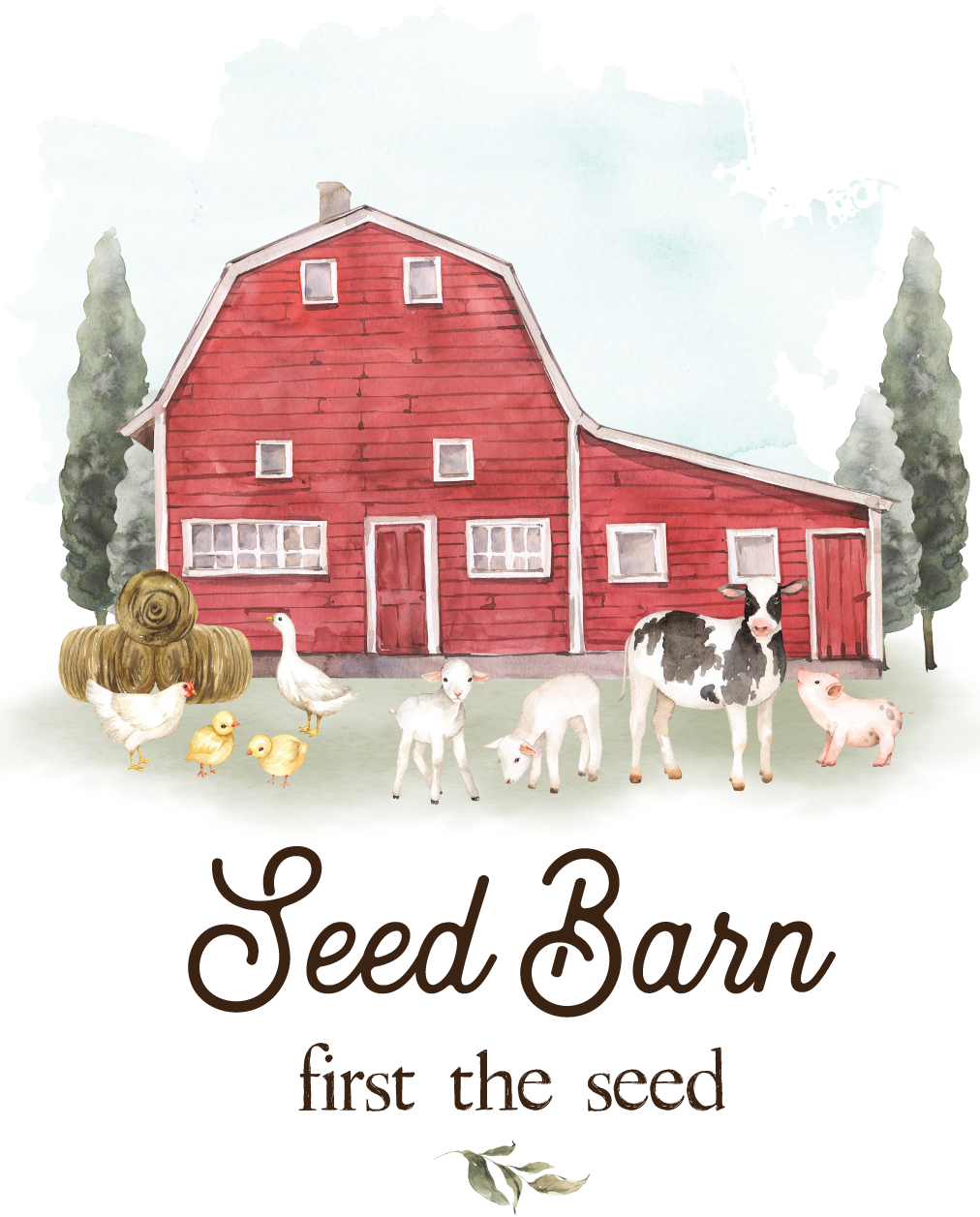Limited Time Free Shipping On The Entire Store
Tel: 813 540 2000 | Mon - Fri 8am - 5pm Est. | Email: support@seedbarn.com
Dichondra Seed (Dichondra Repens) - Dichondra is a
small leafed matting perennial native to the southeastern states, has
received considerable attention in recent years as a lawn substitute or
ground cover in the South and on the West Coast in the U.S., in Greece,
Italy and Spain. Dichondra is also known as lawn leaf or pony foot,
Dichondra spreads by under ground runners or stolons. The small kidney
shaped leaves, about a half inch across, have a tendency to grow
somewhat larger, with longer stems, in shade. In its massed effect,
dichondra has the appearance of clover, and the resulting thick sod is
usually 1.5 - 2 inches high. Dichondra is surprisingly tolerant as far
as various types of soil are concerned, and has proved to be successful
in both the sun and shade.
Seed Rate: 1.5 to 2 lbs. per 1000 sq. ft.
Seed Depth: 1/4 inch
Planting Time: Spring, Summer
Fertilizer: 1/2 to 1 lb. per 1000 sq. ft.
Mowing: 1/2 to 1 inch
pH: 5.5 - 6.2
Planting Directions
Dichondra can be grown from seed very easily. The recommended seeding
rate for coated Dichondra is 3 pounds of seed per 1,000 square feet.
The best time to sow Dichondra is from March through May; midsummer
planting will germinate faster but will need careful, frequent
waterings. Planting early will produce sturdy root systems that can
take mid-summer heat and some water stress.
For New Lawns:
Prepare the seed bed as you would for a new grass lawn. Dichondra seeds
sown in spring do not need mulch; just rake the seed gently and roll it
with a light roller. If you sow in the summer, use just enough of a
light mulch of damp peat moss to cover. This will help keep the seedbed
moist. DO NOT LET THE SEEDBED DRY OUT !!!
Caring for Dichondra Lawns:
Dichondra needs as much care as most grass lawns for a neat
appearance. It needs regular, thorough waterings to maintain a deep
root system, especially during hot weather. It also prefers frequent
light fertilizing. Fertilize with the lightest application recommended,
according to label directions, once every 2 to 3 weeks.
Depending on what you want your Dichondra lawn to look like, you can
mow it frequently, seldom or not at all. Grown in full sun and given
lots of use, Dichondra stays low and even, needing mowing infrequently,
if ever. Dichondra grown in the shade or given little use may need
frequent mowing to give it an even appearance.
Mowing to 3/4 height (higher during hot weather to avoid stress) will
encourage a small leafed, even Dichondra lawn, but you will need to mow
it regularly. You can mow at a 1-1/2 to 2 height more infrequently;
this will promote a less consistent texture and leaves of varying sizes.
If you mow Dichondra too close, youll get a scalped look; top dress it with a light mulch to help it come back.
Dichondra flea beetle can devastate Dichondra lawns. The first signs of
the disease are browning leaves with engraved lines where tissue has
been gnawed. To control, apply diazinon as soon as possible, following
label directions carefully.
The best weed control is simply to keep you Dichondra lawn growing so
luxuriantly that weeds cannot get a root hold. If you do find weeds,
hand pull them before they have a chance to spread. If you decide to
use chemical weed controls, it is very important to purchase a product
especially formulated for use on specific Dichondra lawn weeds. Follow
the label directions exactly, as Dichondra can be considered a
broad-leafed weed and general broad-leafed weed chemicals would also
kill Dichondra.
Top Notch Guarantee
Fast Free shipping
Traditional Farmers
OMRI Listed Products
By clicking “Accept All Cookies”, you agree to the storing of cookies on your device to enhance site navigation, analyze site usage, and assist in our marketing efforts.
